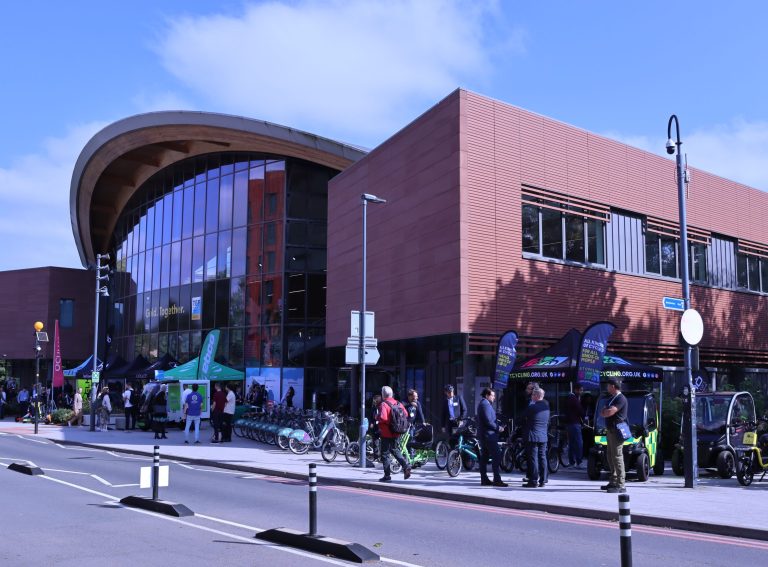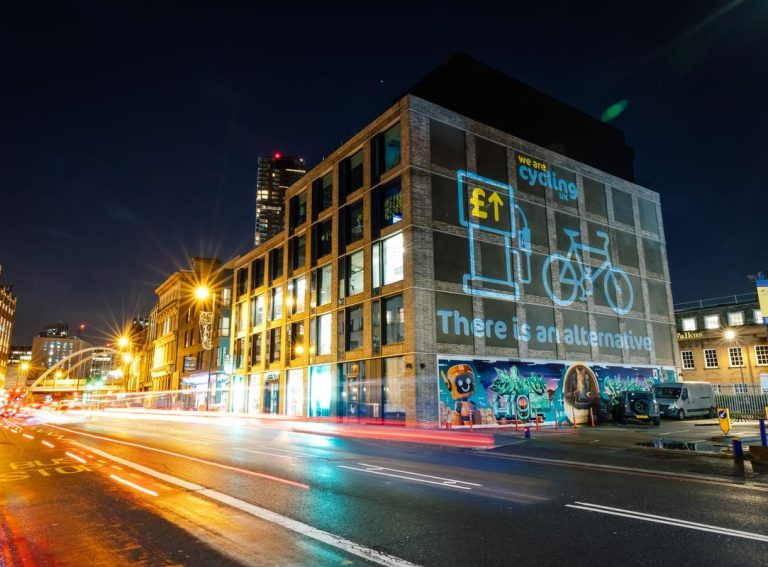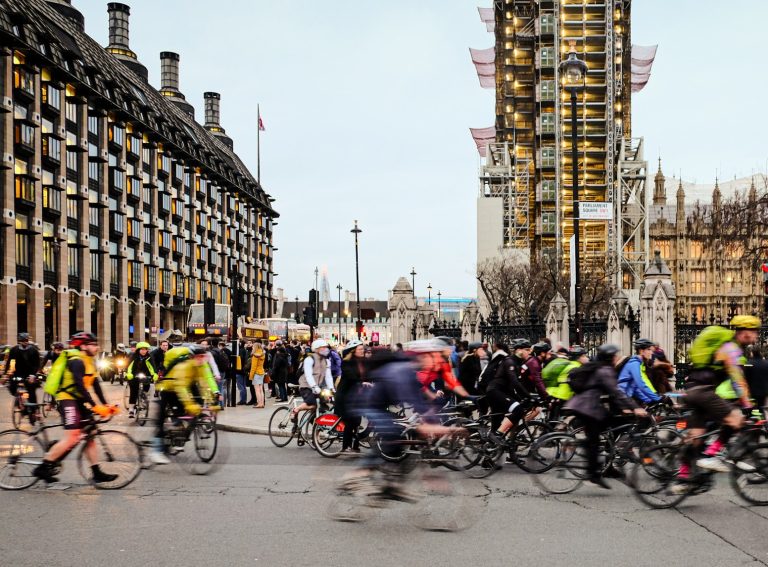Micromobility firm Superpedestrian has partnered with the Automobile Club d’Italia to establish an e-scooter training course in Rome.
Held at Vallelunga, the new e-scooter module aims to teach students how to ride e-scooters safely, while the driver safety module looks to help drivers improve their awareness of e-scooters while on the road.
The courses are aimed at motorists and riders of all experience levels, with the scheme launched on May 12.
Superpedestrian currently operates 1,000 of its LINK shared e-scooters in Rome
ACI Vallelunga president Carlo Alessi said: “As ACI we are proud to have hosted the launch of this important initiative. Partnering with LINK and providing users with such a technologically advanced vehicle represents an important milestone for our company, which is constantly looking for innovative and safe products to associate with”.
Superpedestrian’s Italian operation manager Maurizio Pompili added: “Today we have created a real turning point in our sector. We are proud to launch, together with our partner ACI, the first course on a national scale on safe driving for electric scooters. LINK, which has always been aware of the technological side, turns to be a pioneer in the field of road safety.
“The phenomenon of electric micromobility, which has exploded particularly in the last year, can no longer ignore an education program aimed at users in respect of all road actors. Next 10th of June, we will be at the ACI-SARA in Milan to give a follow-up to this project in which we believe a lot and that focuses, once again, on the safety of the citizen.”
President of the Mobility Committee of the Municipality of Rome Enrico Stefàno described the development as “important” and stated that “there is no longer a static vision of mobility”.
“Today is a very important day because the issue of road safety must be addressed at 360°, involving all the new types of vehicles,” he said.
“The collaboration started today is a good example, which shows once again how the new forms of sustainable mobility are precious opportunities for involvement and exchange of experiences between apparently traditional and modern sectors. There is no longer a static vision of mobility, tied to vehicle ownership. There are people who want to move, using different types of transports during the day, in an economic and sustainable way. For this reason, all sectors are deeply connected and can develop synergies.”




